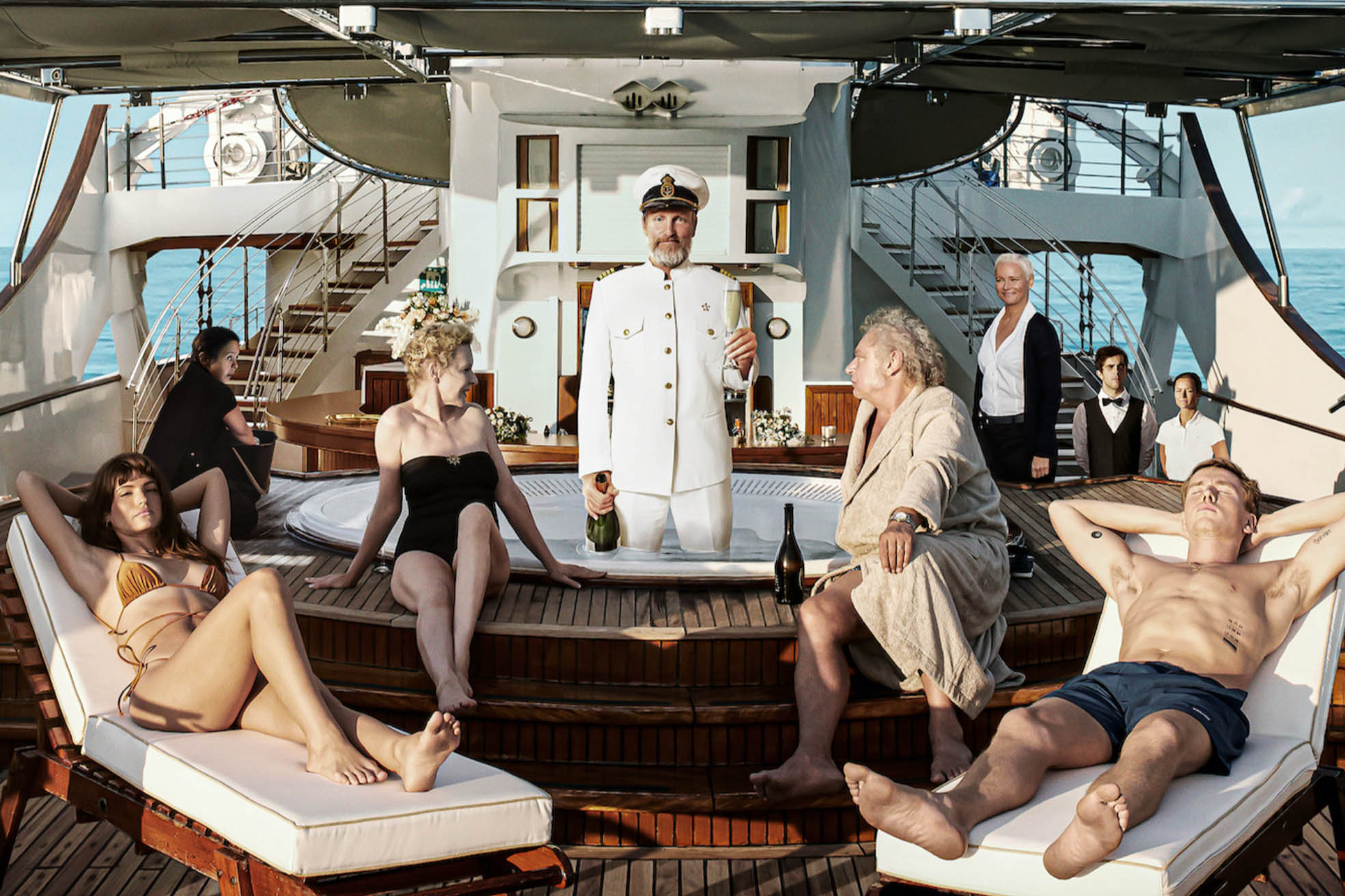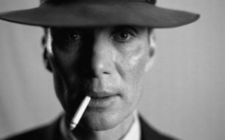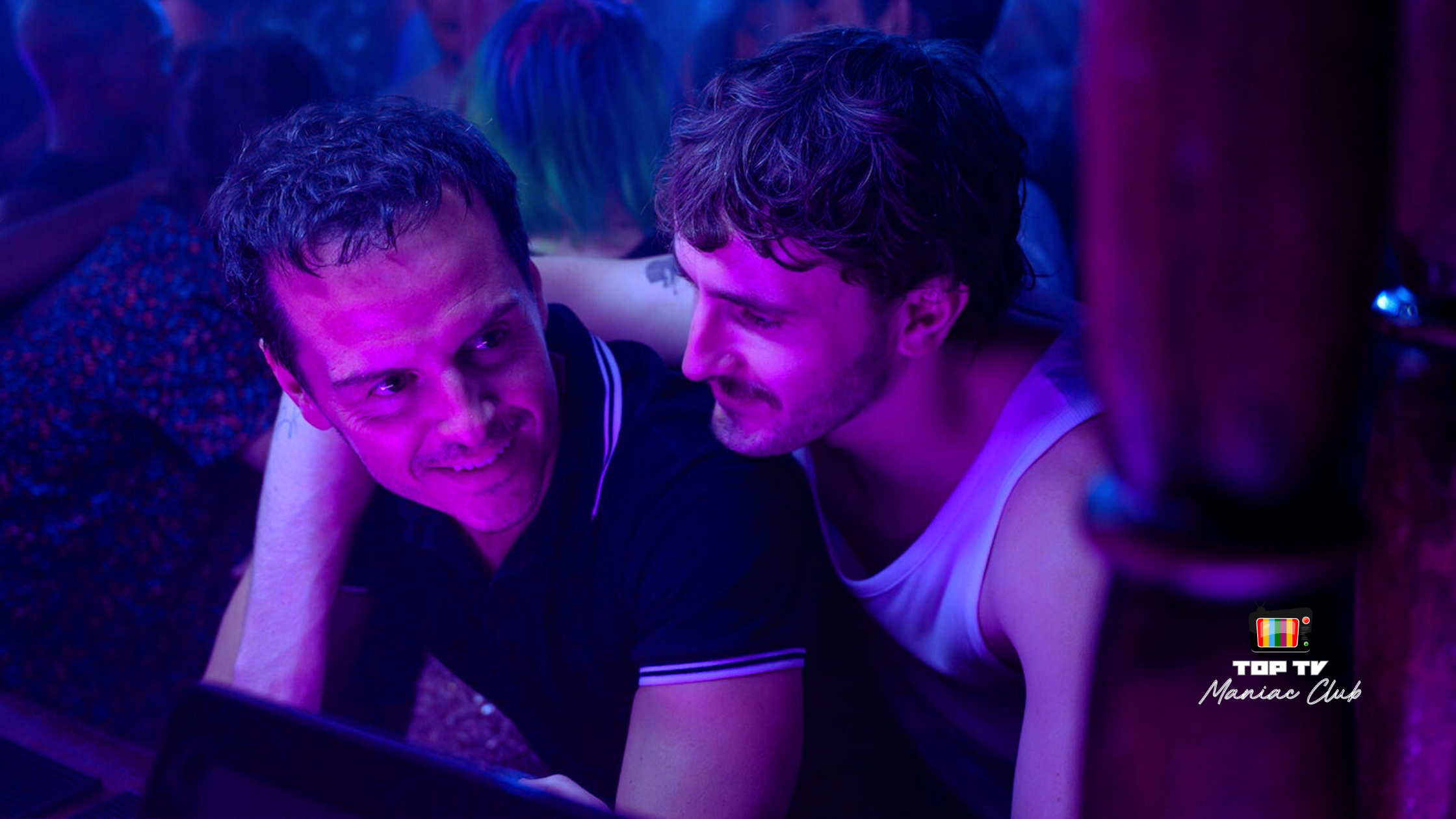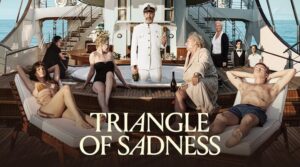
“Triangle of Sadness,” the latest film by Ruben Östlund, hits the screen with a bang, and let me tell you, it’s one wild ride! Östlund, the mastermind behind this crazy film, takes satire to a whole new level. I’m fascinated by his audacious way to expose society’s absurdities, focused on elite’s privileges. He offers a fresh take on the clichéd adage that power corrupts.
Nominated for three Oscars, including Best Film and Best Director, the movie won the Palme d’ Or, in Cannes. It fearlessly delves into the grotesque and uncomfortable, exposing the absurdities perpetuated not just by the wealthy, but by our entire society’s relentless pursuit of superiority and power.
“Triangle of Sadness” is a “wild” satire set against the world of fashion and the uber-rich, with “appearance as capital” and “beauty as currency” as the underlying themes. The English title refers to a term used by plastic surgeons for the worry wrinkle that forms between the eyebrows, which can be removed with botox.

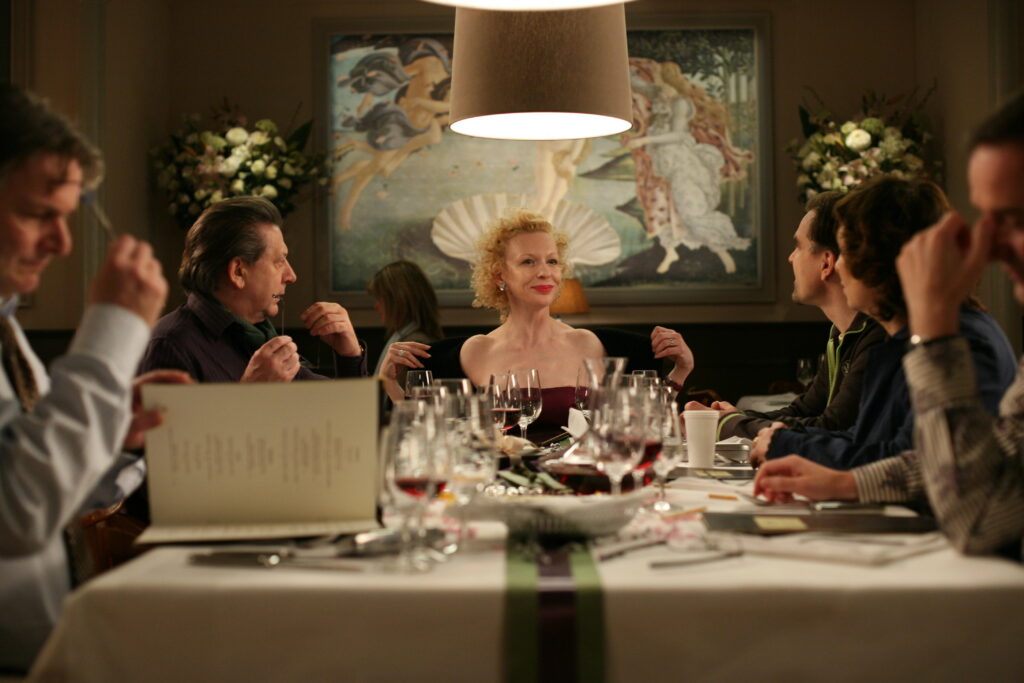
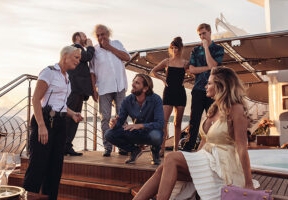
What sets this film apart is its astute use of satire, skillfully employing humour to deliver a powerful and impactful message. The movie is rife with tense situations so absurd that they become comical, making the audience squirm with discomfort.

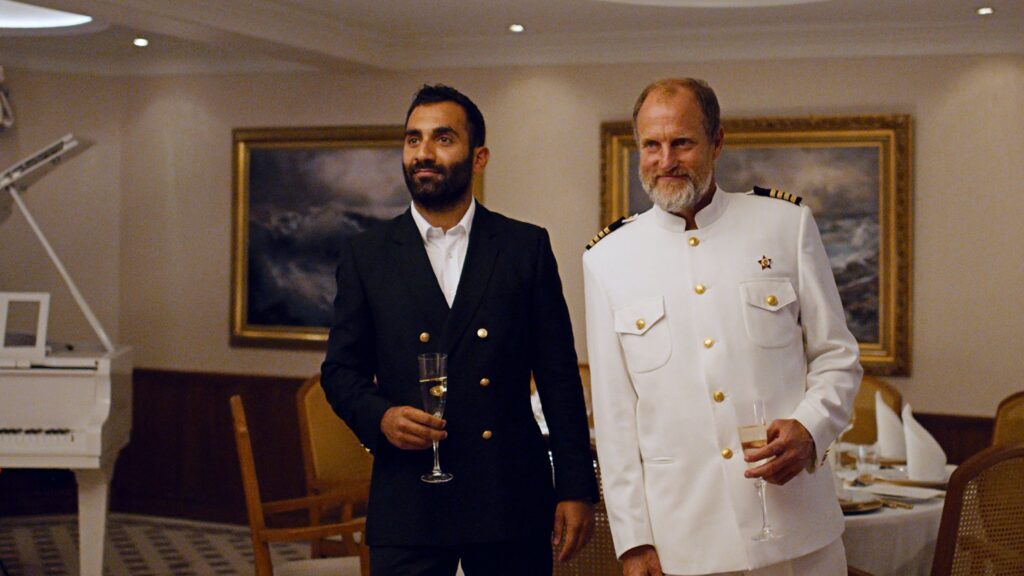

The story unfolds in three parts, each focusing on a different facet of power in everyday life. The first part introduces us to the couple, Carl (Harris Dickinson) and Yaya (Charlbi Dean), both models navigating the world of social media influence. Yaya’s manipulative tactics highlight the addictive nature of power, setting the stage for the overarching themes explored throughout the film.
The second part, when the narrative progresses, Carl and Yaya meet a bunch of wealthy folks on a luxurious yacht, completely detached from reality. They’re not just any rich people; they’re caricatures of our society’s worst traits, a plethora of caricatured wealthy individuals, each more ridiculous than the last.
From the lonely businessman splurging on extravagances to the Russian billionaire oblivious to societal norms, the film effectively portrays how their wealth disconnects them from reality, rendering their lifestyles utterly ludicrous.
What makes the film truly compelling is its portrayal of the ineffectuality of economic power in dire circumstances. In the third part, when the yacht crashes and the passengers are stranded into a island, the movie delves into Marxist ideologies, illustrating the struggle of classes in a tangible way.
Abigail (Dolly De Leon), the cleaner from the yacht, takes charge, showcasing the power shift within the group. This practical manifestation of theoretical concepts challenges the audience to reflect on their own societal roles and privileges.

Östlund masterfully directs a diverse and relatively unknown cast, turning each character into a grotesque yet oddly compelling representation of societal flaws.
The movie’s ability to present a nearly 10-minute sequence of bodily functions without descending into mere shock value is a testament to Östlund’s skill in conveying the characters’ moral decay.
In the end, “Triangle of Sadness” holds up a mirror to our society, reflecting the rot that stems from the relentless pursuit of power. The film’s unapologetic approach and its ability to transform discomfort into a thought-provoking experience make it a standout cinematic achievement, urging viewers to confront the darkness within themselves.
⭐️⭐️⭐️
Watch the official trailer:

